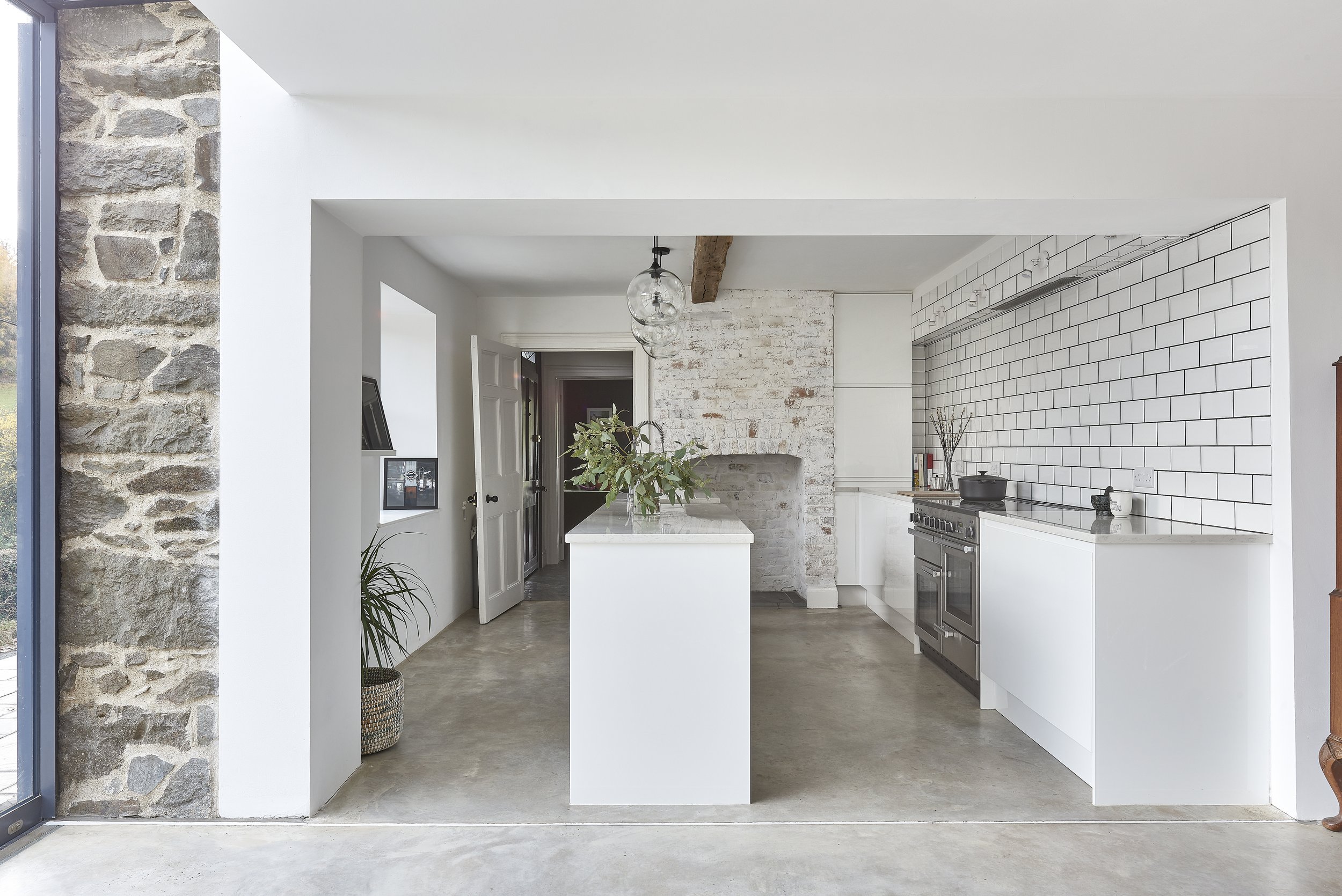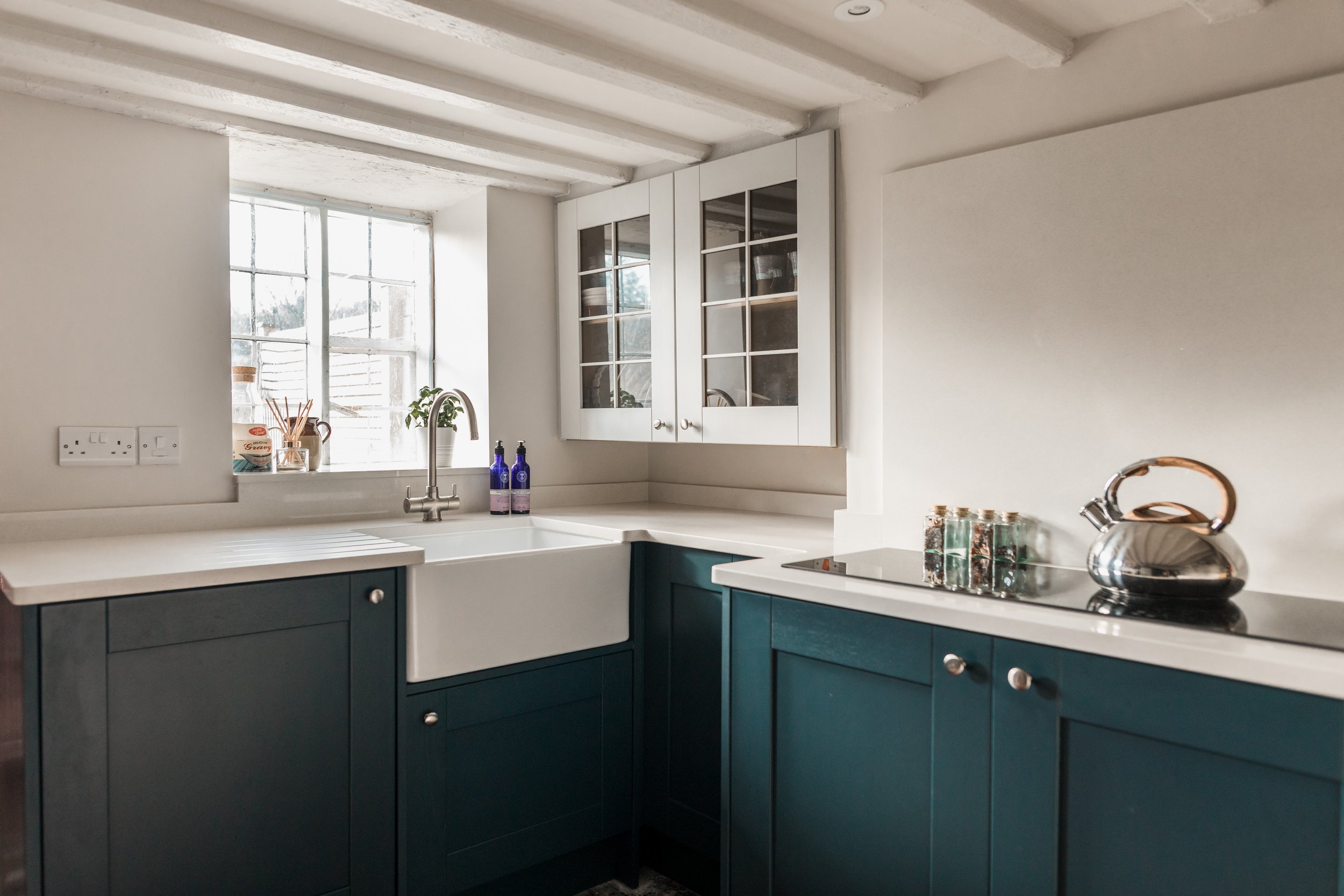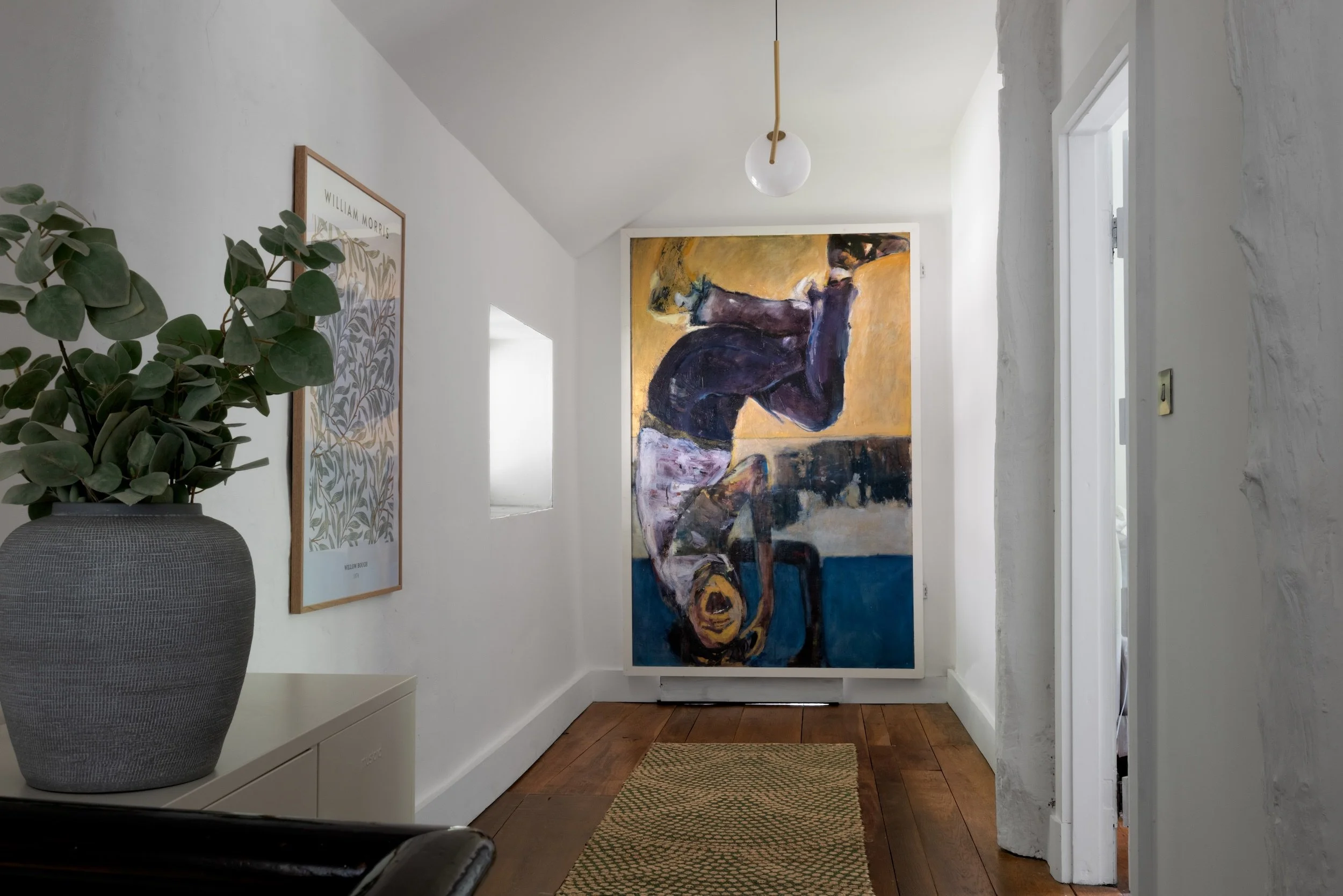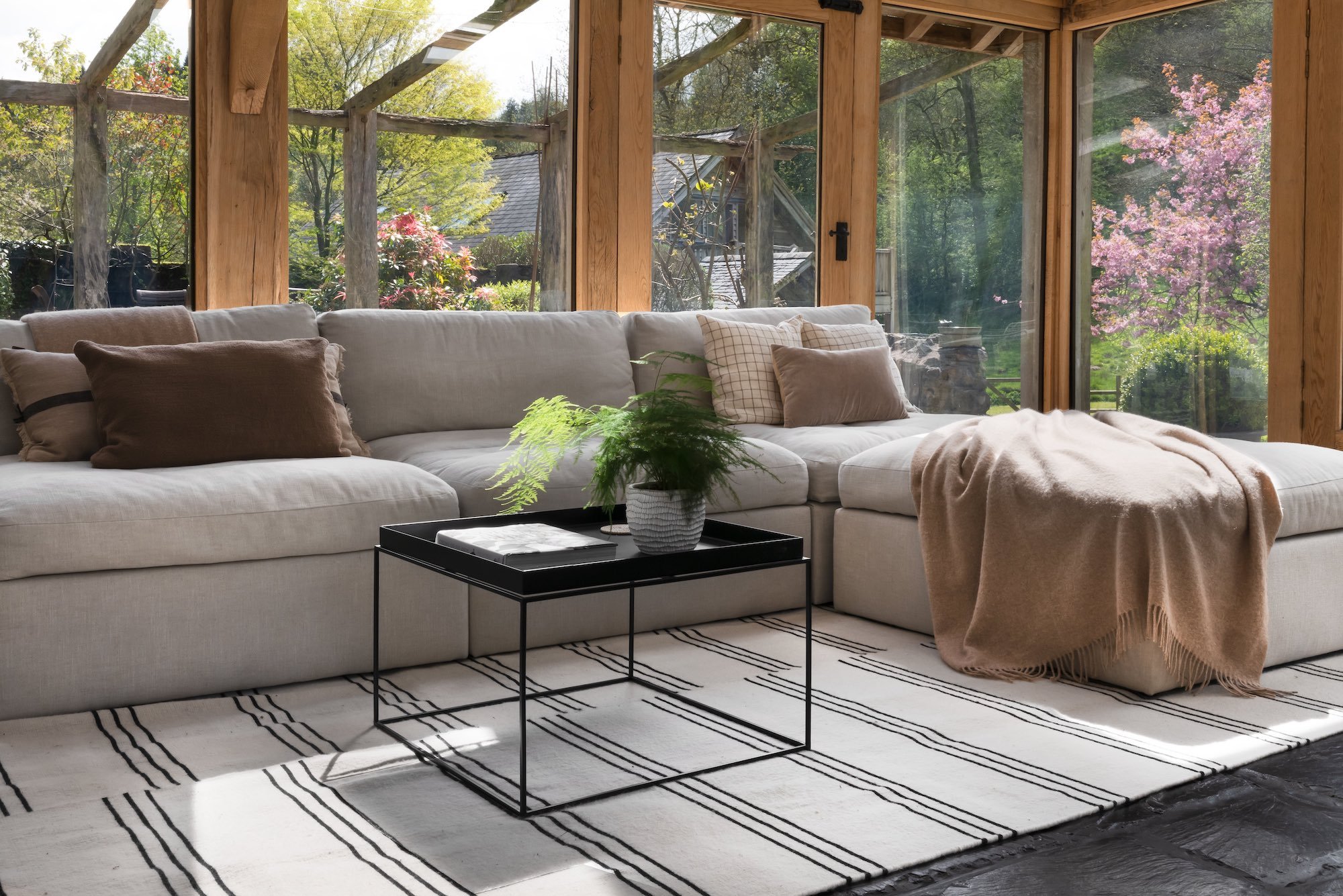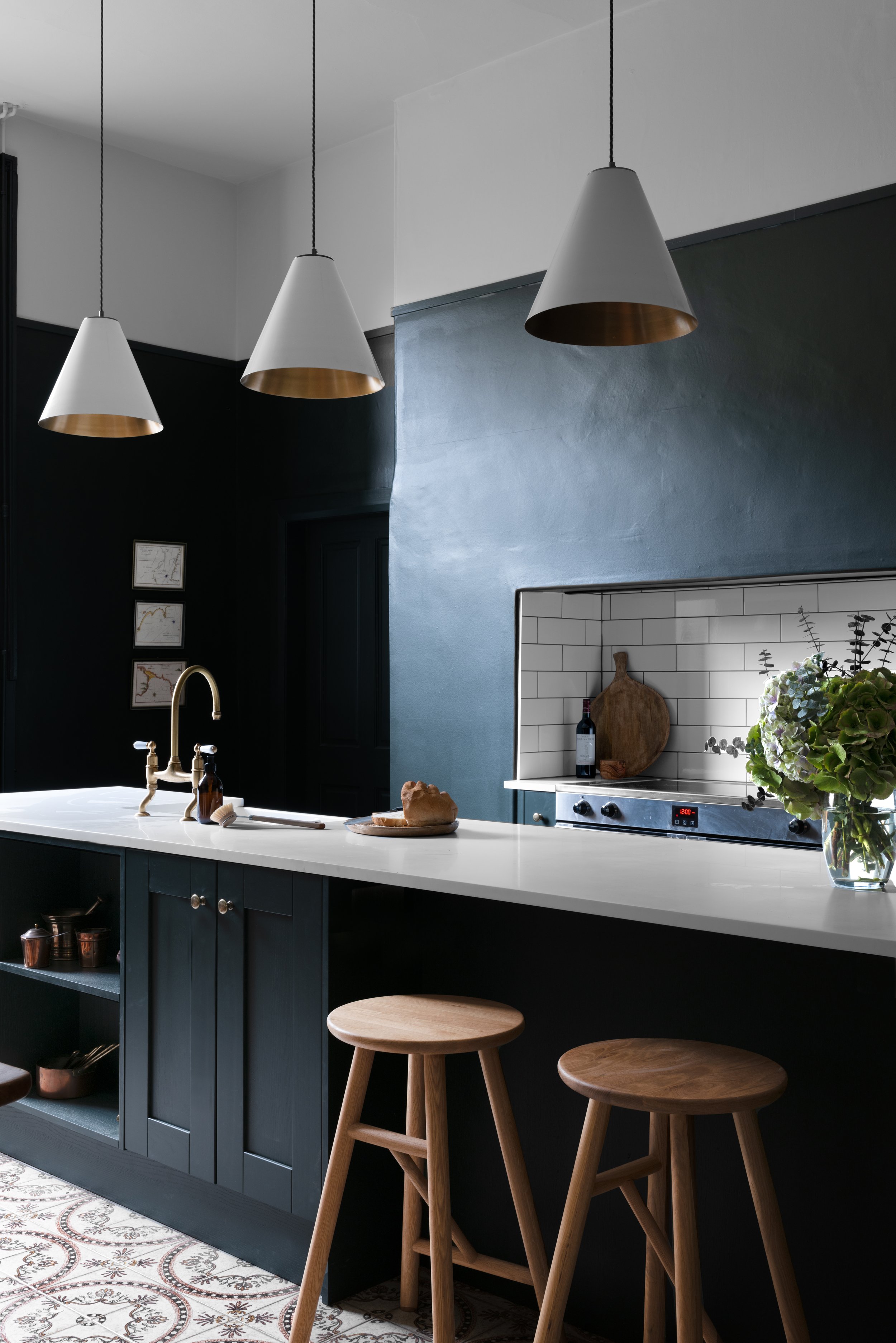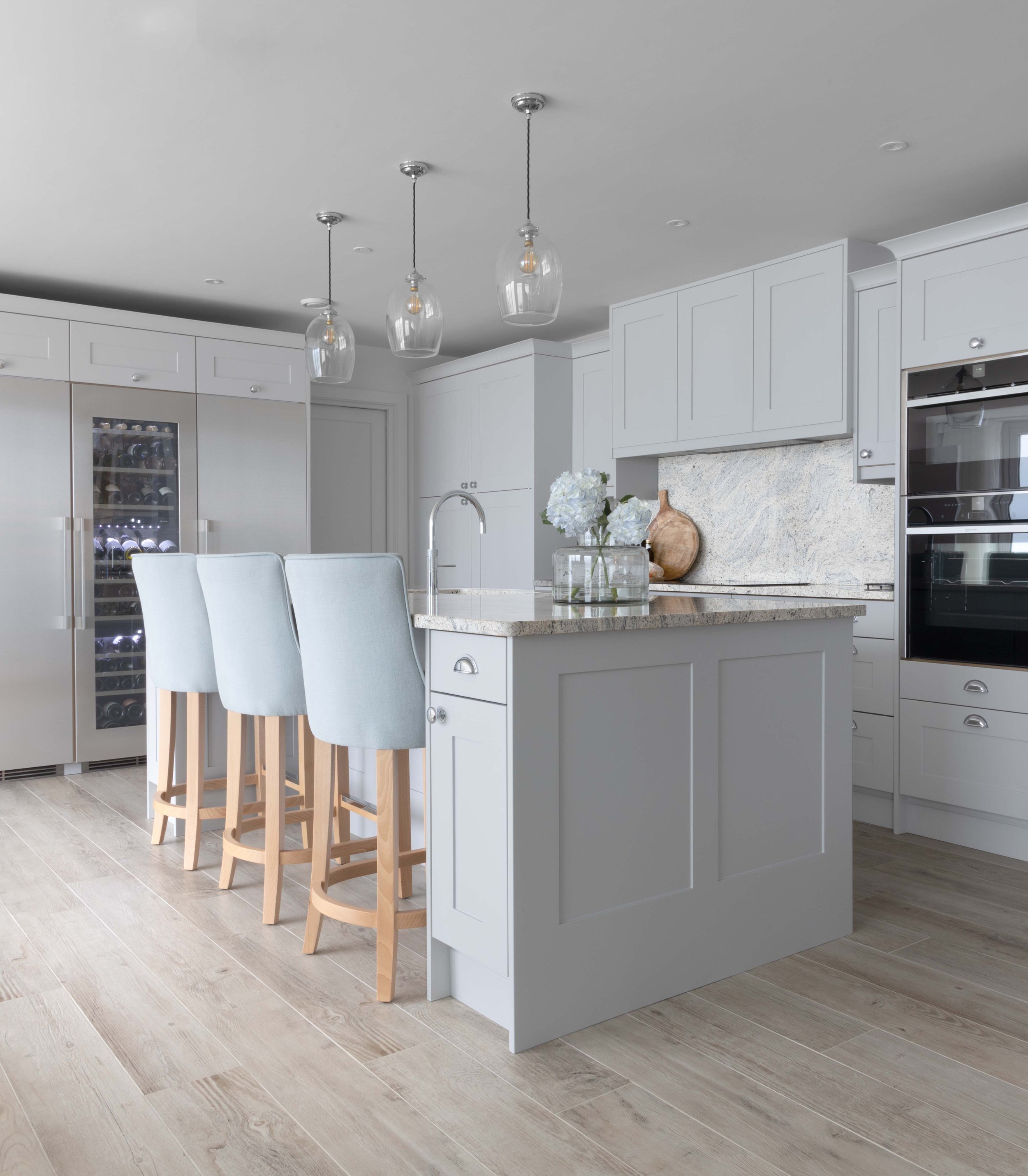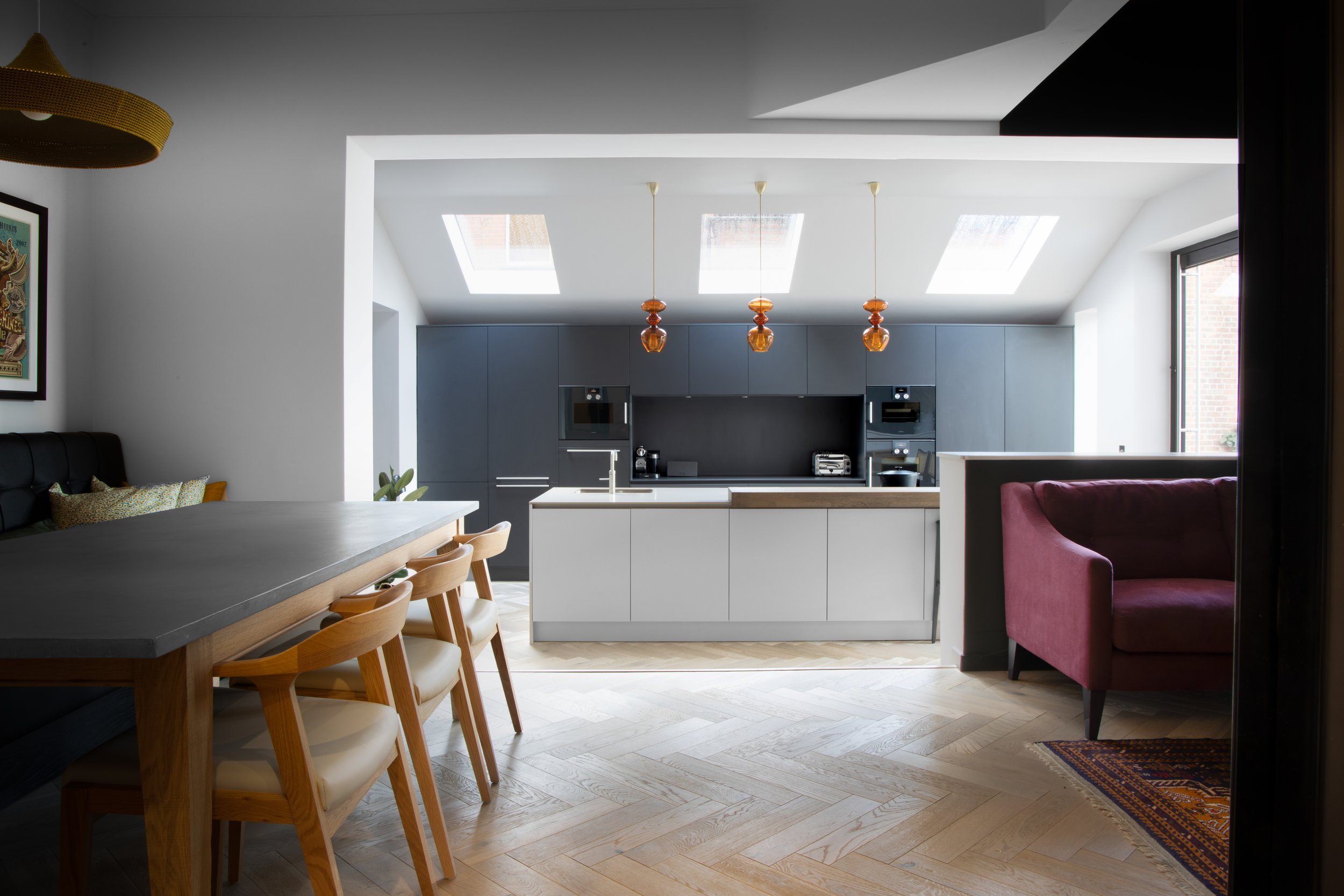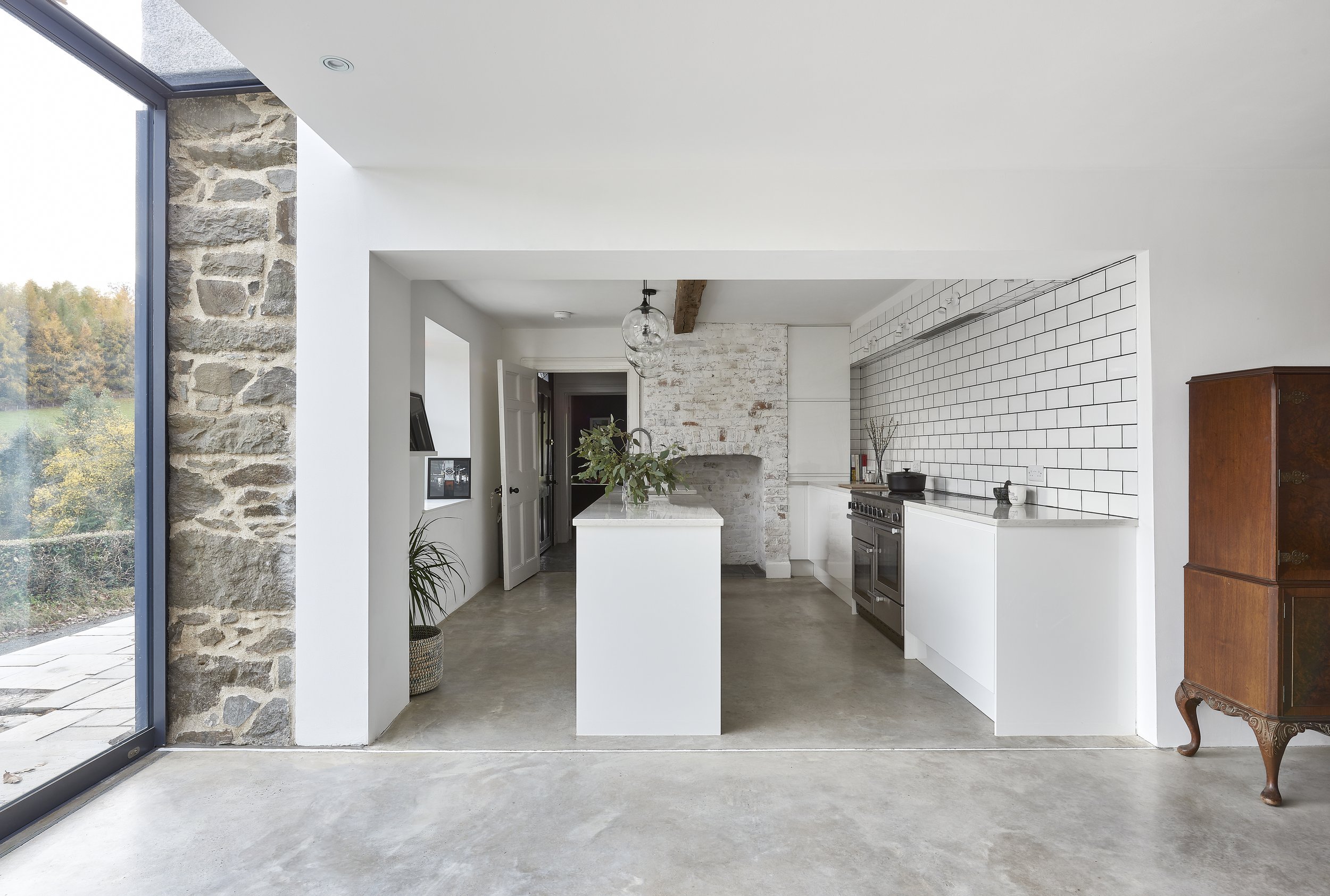When it comes to home design, the allure of an old house is undeniable. The charm of classic architecture, the character in every nook, and the stories embedded in the walls create a unique atmosphere. However, this doesn't mean you have to sacrifice modernity, especially when it comes to one of the most vital spaces in your home—the kitchen.
Embracing the Best of Both Worlds
1. Preserving Character, Embracing Innovation
Old houses exude character and history, but this doesn't mean your kitchen has to be stuck in the past. Integrating modern elements enhances functionality without compromising the historic charm. Think stainless steel appliances against exposed brick or sleek countertops juxtaposed with vintage cabinetry.
2. Maximizing Efficiency
Modern kitchens are renowned for their efficiency. By incorporating contemporary design elements such as smart appliances, energy-efficient lighting, and space-saving storage solutions, you can optimise your kitchen's functionality without sacrificing the timeless aesthetic of your older home.
3. Seamless Blending of Styles
Achieving a modern kitchen in an old house is about creating a seamless blend of styles. Consider open shelving, neutral color palettes, and minimalist hardware to complement the existing architectural details. The key is balance—melding the old and the new into a harmonious design.
Practical Considerations
4. Upgrading Infrastructure
Modernising an old kitchen often involves updating infrastructure. Consider investing in new plumbing, electrical work, and ventilation systems to ensure your kitchen not only looks modern but functions efficiently and safely.
5. Integrating Smart Technology
Technology can be discreetly woven into the fabric of your vintage kitchen. Smart thermostats, lighting, and appliances can seamlessly blend with traditional elements, providing convenience without compromising the nostalgic ambiance.
6. Customisation for Your Lifestyle
Modern kitchens allow for customisation to suit your lifestyle. Whether it's a built-in coffee station, a smart home hub, or a multi-functional island, modern design can be tailored to enhance your daily routines while respecting the unique features of your older home.
Overcoming Challenges
7. Respecting Heritage, Embracing Change
It's possible to modernize without erasing the history. Respect the heritage of your home by preserving original features. Consider integrating modern elements in areas that can be easily changed, such as lighting fixtures, cabinetry, and appliances.
8. Harmonizing Materials
Choosing materials that resonate with both eras is key. Harmonize the materials by selecting modern finishes that complement the existing architectural elements. For instance, matte black fixtures can beautifully contrast with the warmth of aged wood.
9. Professional Guidance
Consulting with a professional designer experienced in blending styles can be invaluable. Their expertise can help you navigate the delicate balance between modern functionality and historical charm, ensuring a cohesive and visually appealing design.
The Final Flourish
10. Creating Timeless Memories
In the end, the goal is to create a kitchen that not only meets contemporary needs but also becomes a timeless space for making memories. By merging the old with the new, you create a kitchen that tells a story—one that spans generations and captures the essence of both past and present.
In conclusion, having a modern kitchen in an old house is not only possible but also a delightful endeavor. It's a chance to celebrate the unique character of your vintage home while embracing the convenience and style of modern design. So, why not embark on the journey of creating a kitchen that seamlessly fuses the best of both worlds? Your home deserves a kitchen that stands the test of time in every sense.

